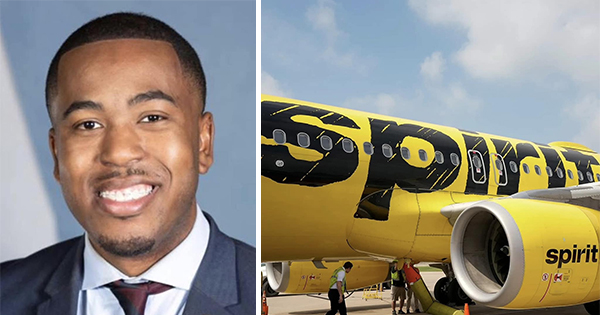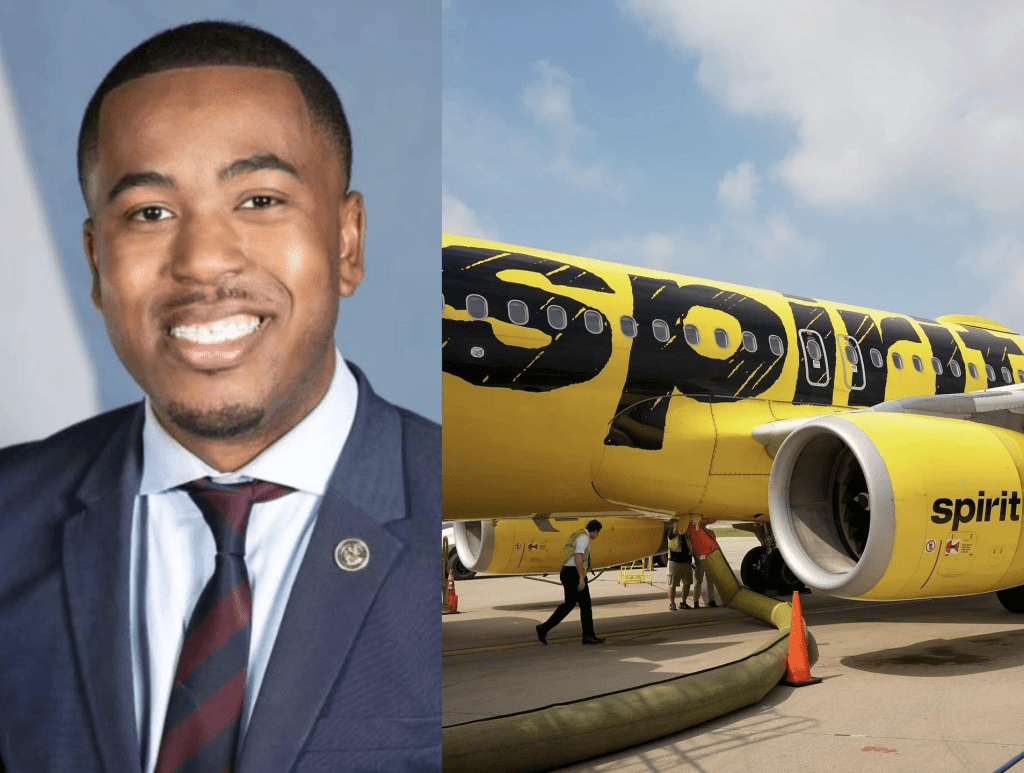Hashim Walters, a 29-year-old entrepreneur from New Orleans, has initiated efforts to acquire Spirit Airlines, with the goal of transforming it into the United States’ first Black-owned commercial airline. Through The Latimer Group, an ownership consortium he founded, Walters seeks to unite influential Black leaders across various sectors to revitalize the financially distressed airline.

Walters, an alumnus of Birmingham-Southern College and a former mayoral candidate in New Orleans at the age of 22, emphasizes the importance of African American economic empowerment. He believes that by acquiring Spirit Airlines, Black leaders can demonstrate moral leadership and contribute positively to American society.
Spirit Airlines, founded in 1983 as Charter One and rebranded in 1992, has faced significant financial challenges in recent years. After a failed acquisition attempt by JetBlue Airways in 2022, the airline filed for Chapter 11 bankruptcy protection in November 2024. In response to its financial struggles, Spirit has announced plans to cut jobs and sell some of its aircraft to reduce costs.
Walters’ proposal comes amid renewed interest in Spirit Airlines, with Frontier Airlines recently making a second bid to merge with the bankrupt carrier. Frontier’s proposal aims to create a stronger low-fare airline capable of competing more effectively in the market.

If successful, Walters’ acquisition would mark a historic milestone in the U.S. aviation industry, establishing the nation’s first Black-owned commercial airline. This move could pave the way for greater diversity and representation within the sector, inspiring future generations of African American entrepreneurs.
In conclusion, Hashim Walters’ initiative to acquire Spirit Airlines represents a significant step toward African American economic empowerment and increased diversity in the aviation industry. As discussions progress, this endeavor has the potential to reshape the landscape of U.S. commercial aviation.


